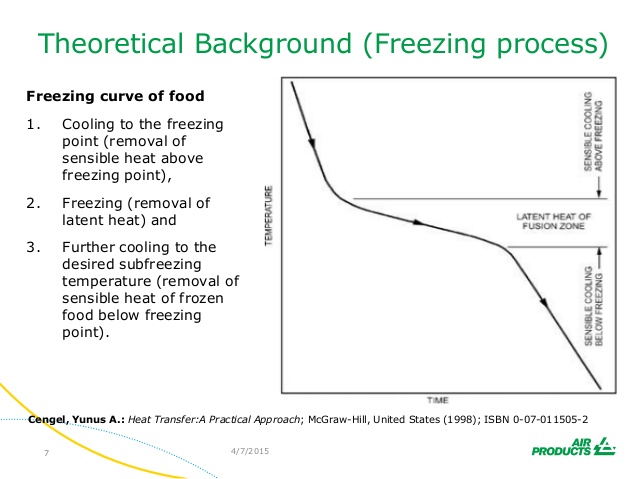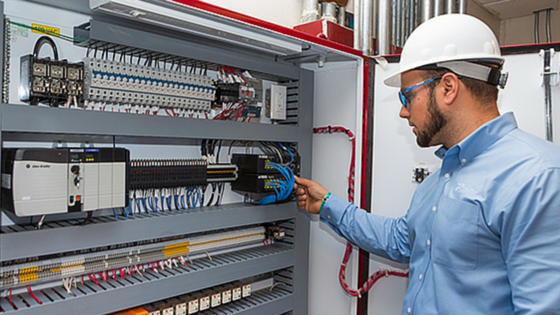Process Freezing 101: 4 Variables Food Processors Must Understand
Food plant owners who work with frozen products must have a thorough understanding of the freezing process and what it does to food. Freezing, done well, preserves nutrients and provides a good-as-fresh product for the customer. Done badly — well, we’ve all pulled a forgotten, frost-encrusted steak out of the bottom of the freezer before. It’s not very appetizing. This two-part blog series will take a look at best practices for freezing and the applications of various types of freezers.
Continue Reading “Process Freezing 101: 4 Variables Food Processors Must Understand”




![[Infographic] 6 Benefits of a CO2/NH3 Cascade System](https://stellarfoodforthought.net/wp-content/uploads/2016/02/6-Benefits-2.png)
![[Infographic] 2 Key Questions to Answer Before Your Packaged Refrigeration Equipment Installation](https://stellarfoodforthought.net/wp-content/uploads/2016/01/Screen-Shot-2016-01-14-at-4.41.15-PM.png)






